- About us
- Support the Gallery
- Venue hire
- Publications
- Research library
- Organisation chart
- Employment
- Contact us
- Make a booking
- Onsite programs
- Online programs
- School visit information
- Learning resources
- Little Darlings
- Professional learning
Margaret Olley AC was an integral part of the community of artists who shaped the Sydney art scene after the Second World War. Her circle of friends and colleagues included Jeffrey Smart, Russell Drysdale and William Dobell, whose portrait of Olley was awarded the 1948 Archibald Prize. Her first solo exhibition at the Macquarie Galleries in Sydney the same year was a sell-out, and from that beginning, she held at least one solo exhibition annually. Her legacy is not only as a painter but as an arts patron and benefactor: since its foundation in 1990, the Margaret Olley Art Trust has donated many Australian and international artworks to public collections nationwide. Tweed River Art Gallery is home to the Margaret Olley Art Centre, which includes a reproduction of Olley’s studio and living space.
Though considered primarily a painter of interiors and still life, Olley was involved in portraiture consistently throughout her career, and her self portraits are a wonderful synthesis of both aspects of her practice. Employing the mirror motif, this self portrait is simultaneously evocative of both her inner life and the vivid, external world of her home and studio – bursting with flowers, fruit, artworks and artefacts – in which she found endless inspiration.
Purchased with funds provided by Marilyn Darling AC and the Sid and Fiona Myer Family Foundation 2021
© Margaret Olley Art Trust
Margaret Olley AC (age 68 in 1991)
Marilyn Darling AC (33 portraits supported)
The Sid and Fiona Myer Family Foundation (9 portraits supported)
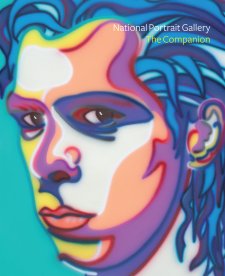
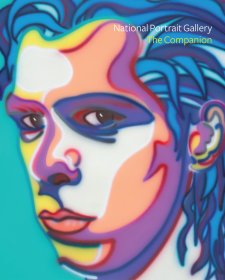

On one level The Companion talks about the most famous and frontline Australians, but on another it tells us about ourselves.
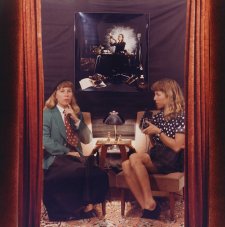
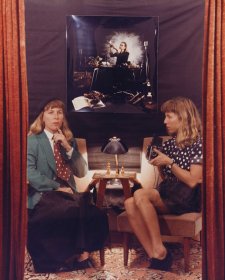
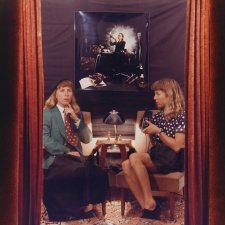
It takes a village to raise a creative! Get an insight into the often-unseen work and supporters needed for the arts to thrive. The work of art documents the creative process, evoke states of creativity and inspiration, and shows us clues about the subject’s own work from the way artists portray them.
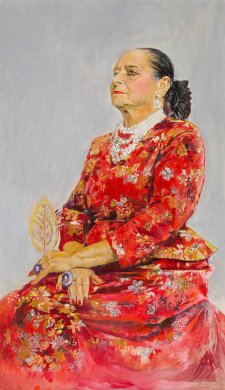
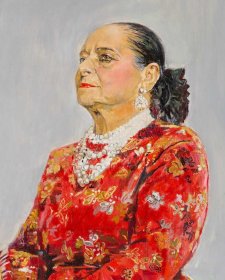
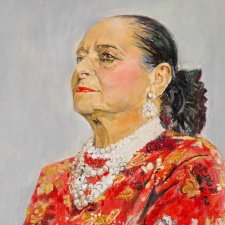
Well behaved women seldom make history, as the saying goes, and the National Portrait Gallery, consequently, is full of awesome Australian women who refused to conform to narrow ideas about their place and their worth.